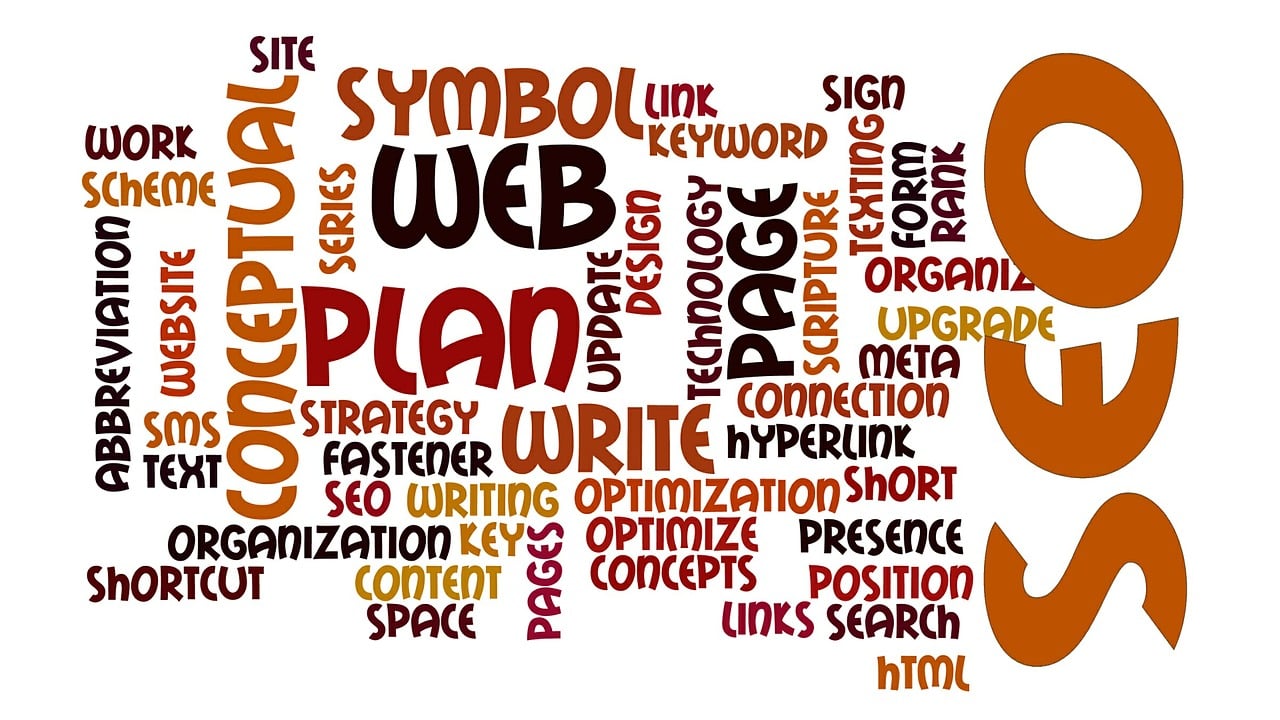
Introduction
On-Page seo is a crucial aspect of optimizing your content to rank higher in search engine results. It involves various techniques that can boost your organic traffic and improve the visibility of your website. In this article, we will provide you with a step-by-step guide to On-Page seo and an essential checklist to ensure your content is fully optimized.
HTML Headings Tags
Headings tags play a significant role in structuring your content and providing search engines with a clear understanding of the hierarchy of your web page. By using HTML headings tags, you can organize your content and make it easier for both your readers and search engines to navigate through your page.
Below is an example of how headings are structured using HTML tags:
Main Heading
Subheading 1
Subheading 2
Sub-Subheading 1
Sub-Subheading 2
It is essential to remember that headings should be used logically and be relevant to the content of the section. The main heading should contain your target keyword or key phrase. Subheadings should provide a clear overview of the subsections within your content.
On-Page seo Checklist: Step-by-Step Guide
Step 1: Conduct Keyword Research
The first step in optimizing your content is to conduct thorough keyword research. Identify relevant keywords that align with your content and have a reasonable search volume. Use tools like Google Keyword Planner, semrush, or ahrefs to identify these keywords.
Step 2: Optimize Meta Tags
Meta tags are crucial in providing search engines with information about your webpage’s content and purpose. It consists of meta titles and meta descriptions. Ensure that your meta tags are compelling, containing your target keyword, and adequately summarize the content on your webpage.
Step 3: Write Engaging and High-Quality Content
Creating quality content is key to engaging your audience and keeping them on your webpage. Make sure your content is comprehensive, well-structured, and relevant to the target keyword. Include related keywords and phrases in a natural and organic manner.
Step 4: Optimize Heading Tags
As discussed earlier, use HTML heading tags to structure your content. Ensure that your main heading contains your target keyword and subheadings are used logically to divide your content into relevant sections.
Step 5: Optimize Image Alt Tags
Optimizing image alt tags not only helps search engines understand your images but also improves accessibility for visually impaired users. Use alt tags that accurately describe your images, including relevant keywords.
Step 6: Use Internal and External Links
Internal linking refers to linking to other related pages within your website. External linking, on the other hand, refers to linking to credible external sources. Both types of linking provide value to your readers and improve the overall seo performance of your webpage.
Step 7: Optimize URL Structure
Ensure that your URL structure is clean, concise, and contains your target keyword. Avoid using long and complicated URLs as they are less user-friendly and may impact your search engine rankings.
Step 8: Optimize Page Load Speed
Page load speed is a crucial ranking factor. Optimize your webpage by compressing images, minifying CSS and JavaScript files, and using caching plugins to improve load times. A slower website can lead to higher bounce rates and reduced organic traffic.
Step 9: Mobile Optimization
With the increasing use of mobile devices, it is crucial to ensure that your webpage is mobile-friendly. Use responsive design to ensure your content adapts to different screen sizes. Mobile optimization not only improves user experience but also positively impacts your search engine rankings.
Conclusion
Properly optimizing your content using On-Page seo techniques is essential for improving your website’s visibility and attracting organic traffic. The step-by-step checklist provided in this article outlines the key elements that you should focus on to achieve optimal results. By following this guide, you can enhance your On-Page seo practices and increase your chances of ranking higher in search engine results.
FAQs
Q1: What is On-Page seo?
On-Page seo refers to the practice of optimizing various elements on your webpage to improve its visibility and ranking in search engine results. It involves optimizing content, URLs, meta tags, headings, images, and other factors directly within your web page.
Q2: How long does it take for On-Page seo to show results?
The results of On-Page seo can vary depending on various factors like competition, keyword difficulty, and the overall quality of your optimization efforts. Generally, it may take a few weeks to several months before you see significant improvements in your ranking and organic traffic.
Q3: Should I prioritize On-Page seo over Off-Page seo?
Both On-Page and Off-Page seo are important for improving your website’s visibility and organic traffic. On-Page seo focuses on optimizing your webpage’s content and structure, while Off-Page seo involves activities like link building and social media marketing. It is ideal to prioritize both practices to achieve the best results.





